Introduction: The Unyielding Relevance of Radio Communication
In the era of smartphones and internet connectivity, the importance of radio communication might seem diminished, but it's far from obsolete. Especially when critical infrastructure is compromised, devices like GMRS radios can be indispensable. These radios prove particularly robust during disruptive events, and their utility extends even to individuals with visual impairments.
Customising GMRS Radios: Making Radio Communication Inclusive for the Visually Impaired
The challenge in making radio communication truly accessible for visually impaired users lies in adapting the design of GMRS radios. The conventional radio interfaces that rely heavily on visual prompts may not be as user-friendly to them. But by incorporating screen readers, introducing auditory signals for battery updates, and making the programming software compatible with screen readers, GMRS radios can become an empowering tool for the visually impaired, fostering independence and facilitating communication.
GMRS vs Ham Radio: Understanding the Differences
Entering the world of radio communication often involves deciding between GMRS or Ham radio. Both have their unique strengths and use cases. GMRS radios, with their fixed channels within the UHF spectrum, offer ease of use and quick learning. Ham radios, conversely, tap into multiple frequencies across the HF, UHF, and VHF spectrums, leading to a more complex user experience but with greater capabilities.
Factors to Consider: Purpose, Simplicity, Licensing Process, Equipment, and Reach
The choice between GMRS and Ham radio hinges on various considerations:
- Intended Use: GMRS radios are ideal for maintaining communication among family members during outdoor adventures or emergencies. In contrast, Ham radios cater to enthusiasts who delight in the technical nuances of radio communication and can be crucial during emergencies.
- Simplicity: If quick, out-of-the-box operation is a priority, GMRS radios, with their license, win hands down. Ham radios demand a fair share of technical knowledge and an exam pass before they can be used.
- Licensing: Acquiring a GMRS license is a straightforward process that covers all family members. In contrast, Ham radio licenses involve passing different exams for various classes.
- Equipment: GMRS radios typically need minimal equipment for operation. On the other hand, the equipment needed for Ham radios can range from basic to complex, depending on usage.
- Signal Reach: GMRS radios work on higher frequencies with a restricted range, suitable for direct line-of-sight communication. Ham radios, however, can connect to stations located thousands of miles away, depending on their power and frequency.
Conclusion: Choosing the Best Fit
The decision between GMRS and Ham radio depends on user requirements, learning inclination, and comfort level with technological complexity. GMRS radios have demonstrated considerable benefits for visually impaired users. If you seek an easy-to-use, family-inclusive communication mode, GMRS might be your go-to option. But if you're ready to explore the depths of radio communication technology, Ham radio would be an exciting choice. Ultimately, it's about matching your communication needs and preferences.

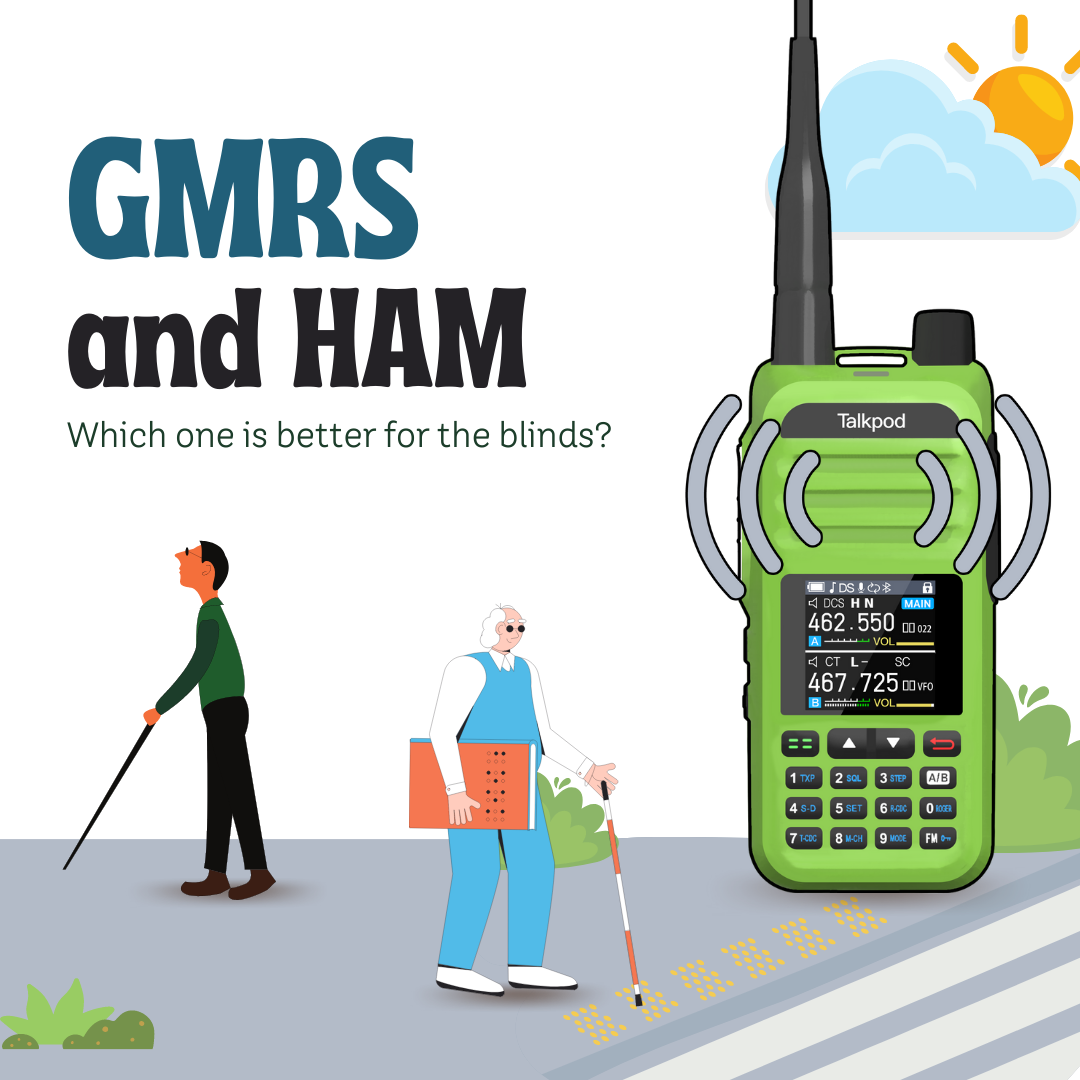
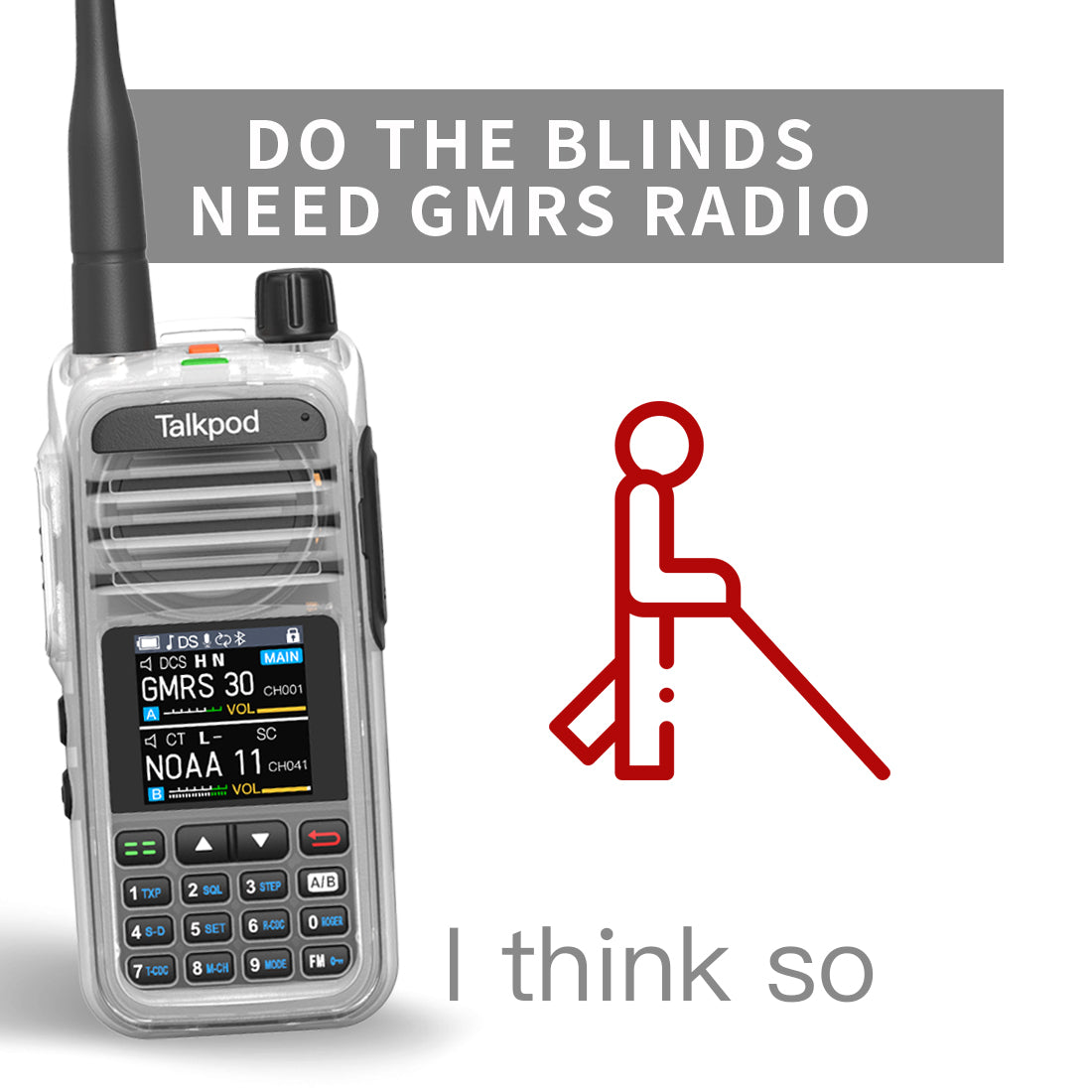
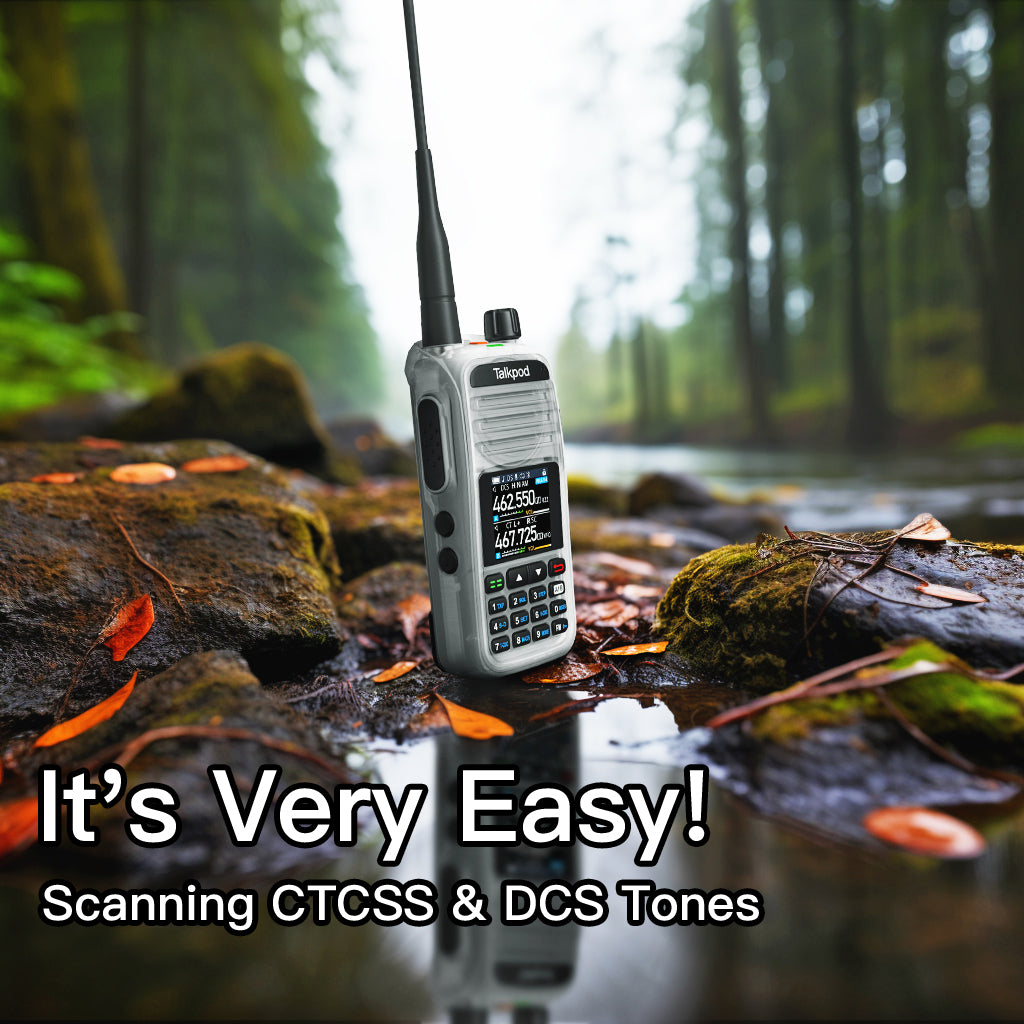
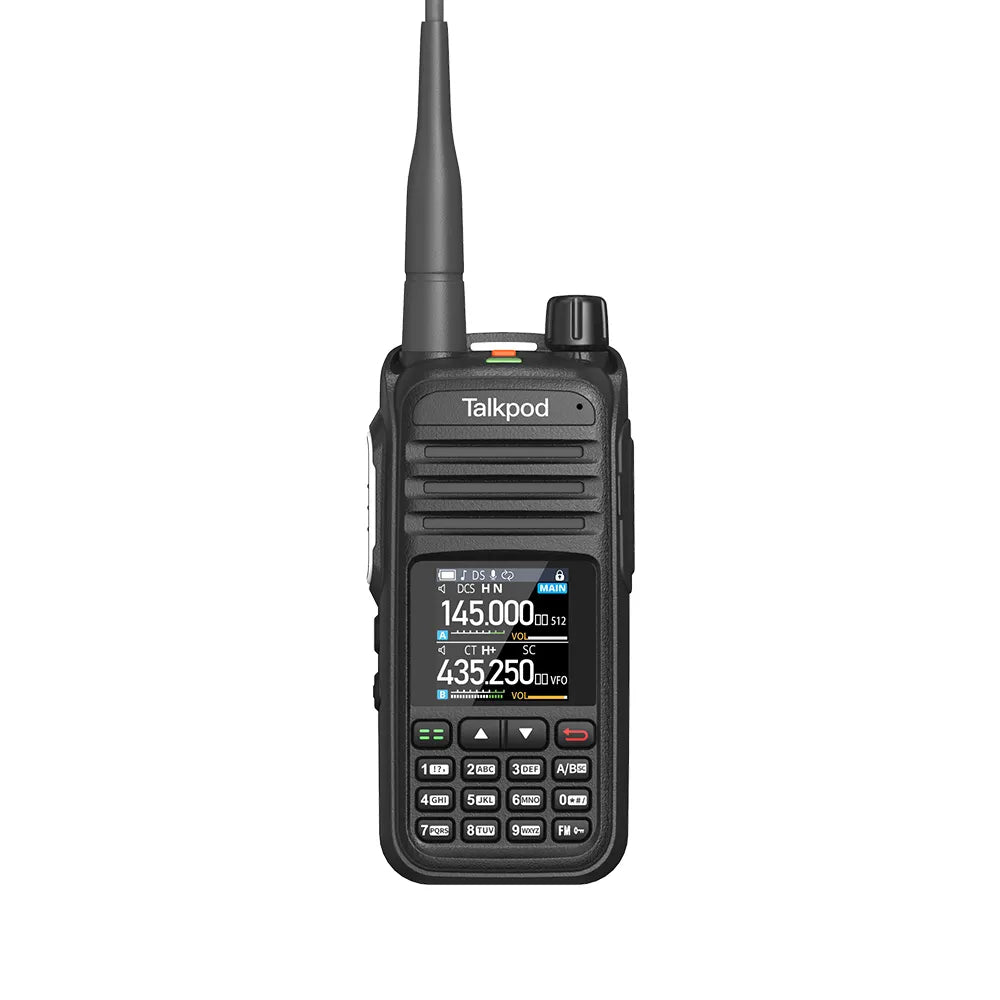
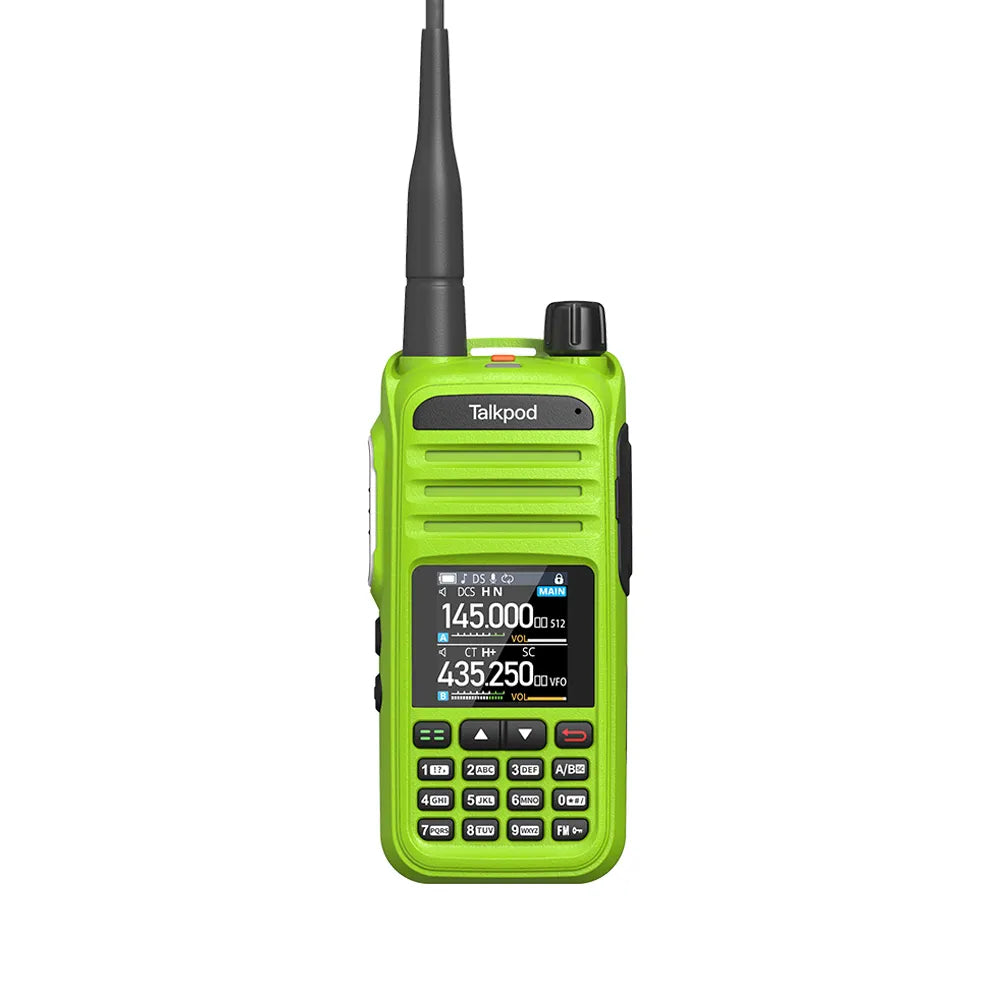


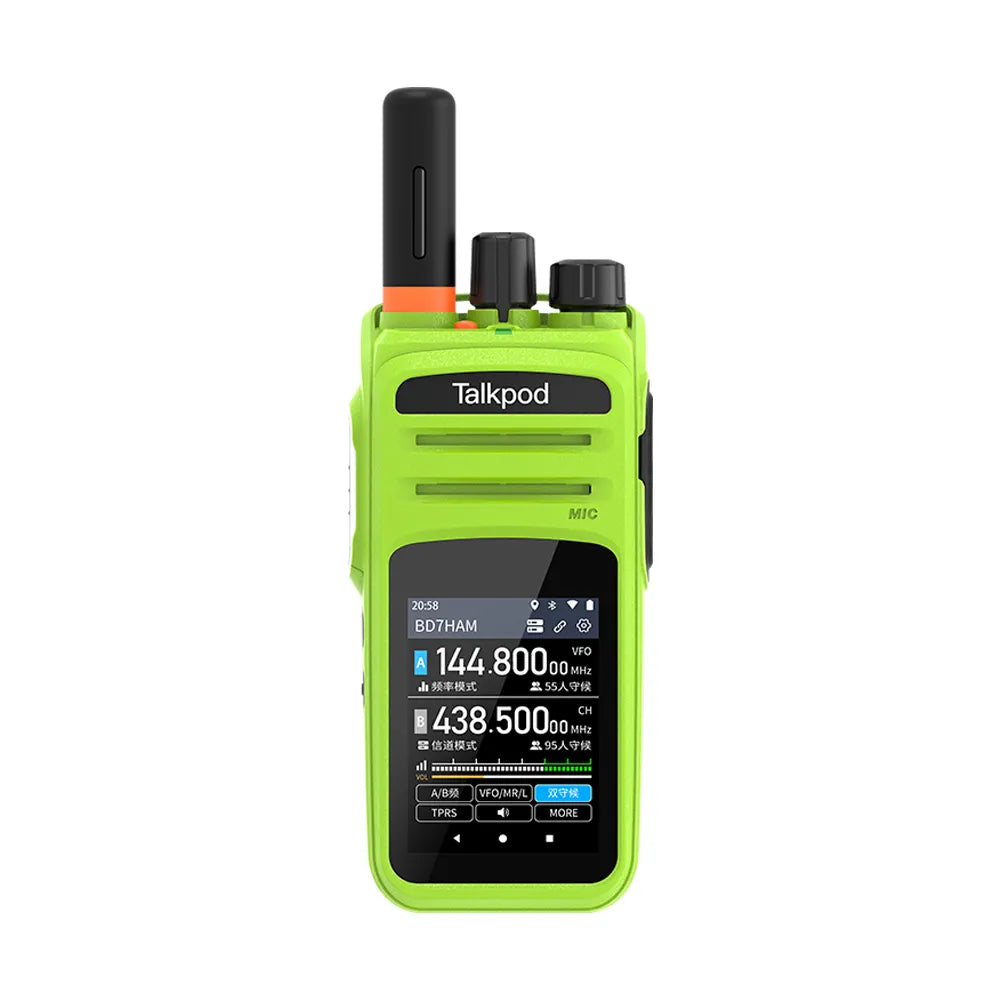
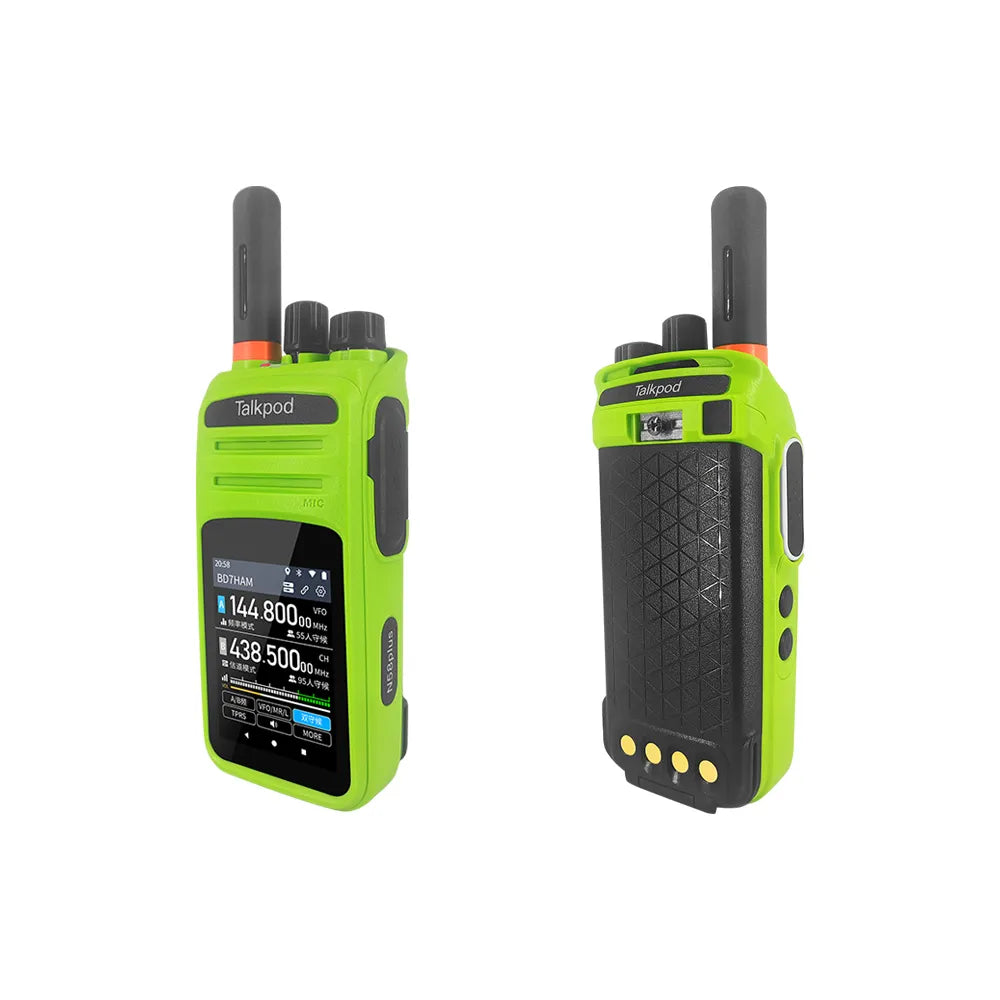
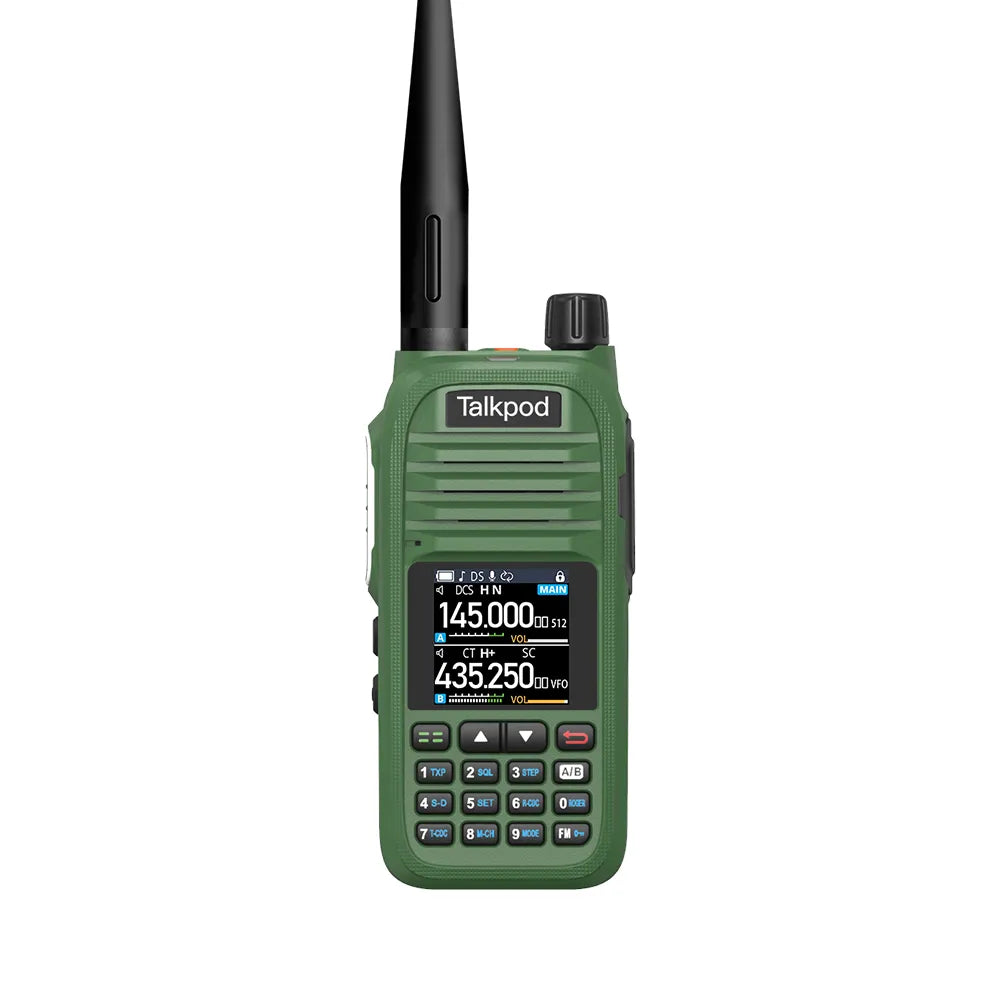
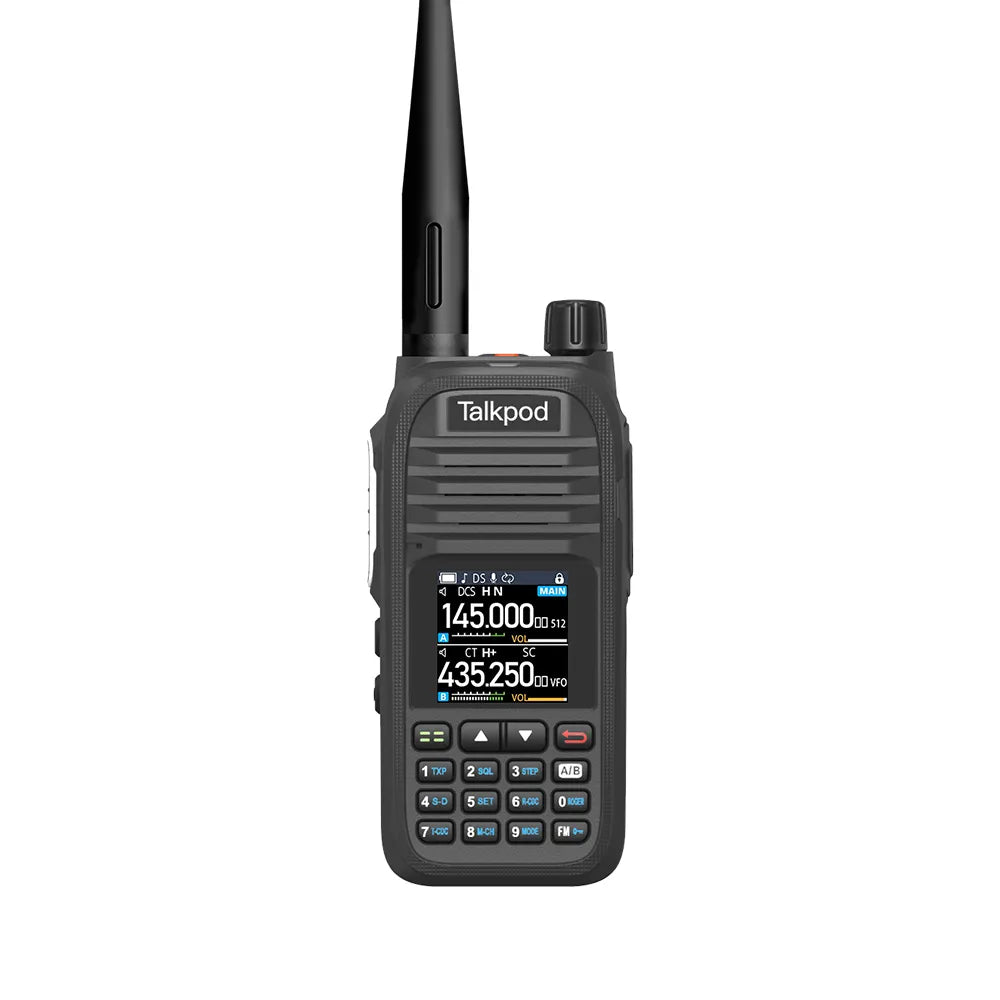
Leave a comment
All comments are moderated before being published.
This site is protected by hCaptcha and the hCaptcha Privacy Policy and Terms of Service apply.